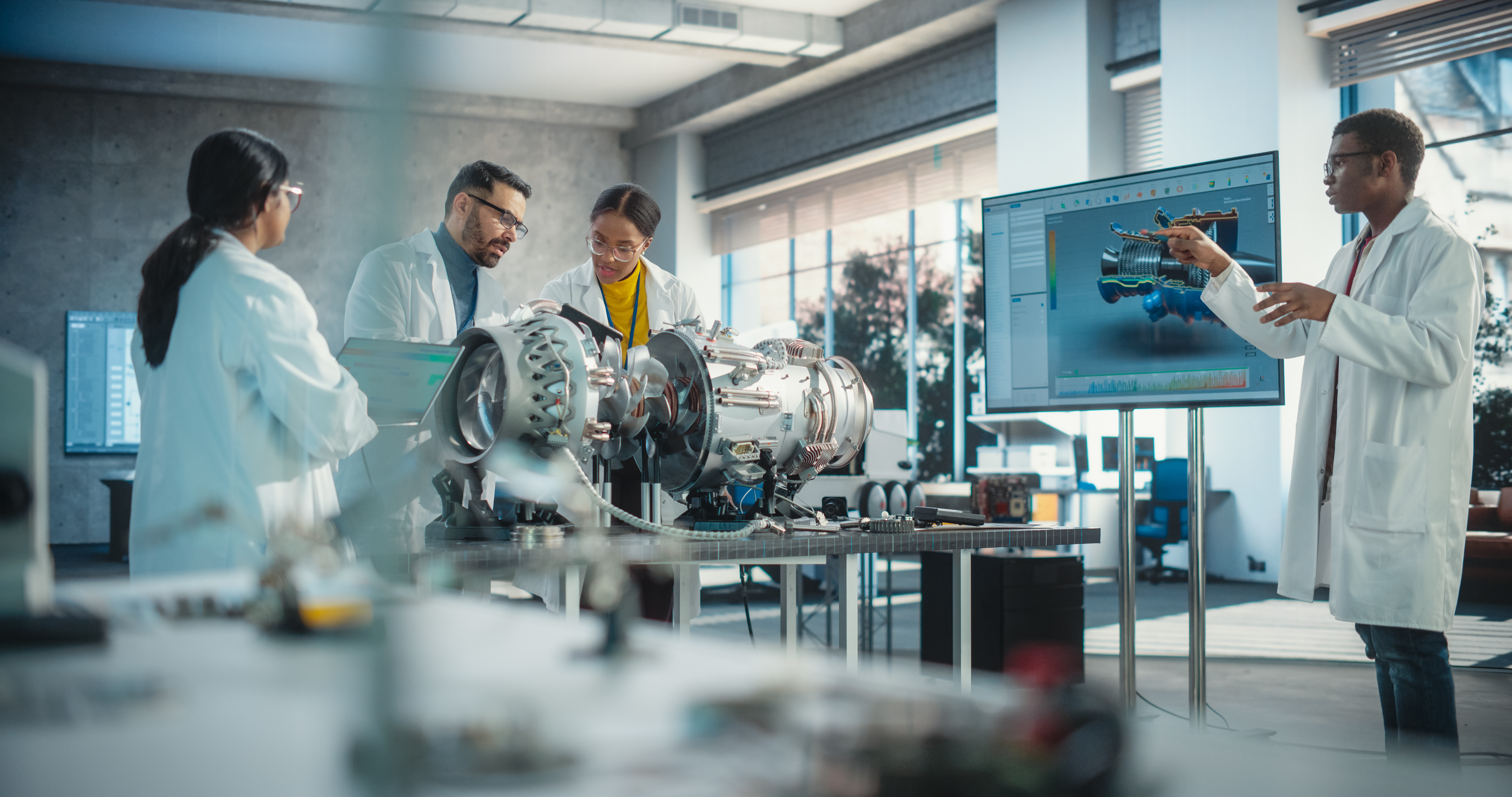
Maryland's aerospace industry represents a formidable economic engine and a critical hub for national security and technological innovation. With 15 of the world’s top 20 aerospace and defense companies calling Maryland home, the state's capabilities span space exploration, satellite technology, unmanned aerial vehicles (UAV) and robotics development, as well as extensive Department of Defense activities encompassing biodefense, cybersecurity, avionics, informatics and ordnance testing.
This robust ecosystem generates $37.8 billion in annual economic activity and secures $11.5 billion in federal contracts. The continued growth and strategic leadership of this vital sector are increasingly being guided by the synergistic efforts of the Maryland Aerospace and Technology Commission (MATC) and the Maryland Aerospace Alliance (MAA).
Maryland Aerospace and Technology Commission: Strategic vision and policy
Established within the MATC is tasked with strategic oversight and policy development for the state's aerospace sector. The MATC's primary mandate is to promote innovation in space exploration and commercial aerospace opportunities, while fostering the integration of space, aeronautics and aviation industries into the broader state economy.
Initial priorities for the MATC include the development of a comprehensive strategic plan. A significant aspect of this plan is the exploration and potential creation of designated aerospace and technology zones within the state. The MATC's role is inherently top-down, providing the necessary governmental framework, legislative support and strategic direction to elevate Maryland's aerospace profile nationally and internationally.
The Maryland Aerospace Alliance: Industry advocacy and collaboration
Complementing the MATC's policy-driven approach is the MAA. Incorporated in 2024, the MAA operates as a vital industry advocate and convener, building upon the state’s dedicated efforts to champion the growth and health of Maryland's aerospace industry. The MAA's mission is to promote Maryland as the premier location for aerospace talent, resources and opportunities.
The MAA's activities are multifaceted, focusing on:
- Advocacy and legislative engagement: Actively participating in legislative environments at both state and federal levels to advocate for aerospace opportunities, resources and talent.
- Bridging industry segments: Uniquely focused on fortifying and diversifying the aerospace industry, fostering communication and collaboration for a more cohesive and competitive sector.
- Education and workforce development: Recognizing the critical need for a robust talent and skill pipeline, the MAA collaborates with companies and educational institutions to ensure more opportunities for students to learn about aerospace careers including real-world STEM education.
Synergistic growth and future outlook
The combined efforts of the MATC and MAA are instrumental in propelling Maryland's aerospace industry forward. The MATC provides the high-level strategic vision and legislative groundwork, while the MAA ensures that these policies are informed by, and responsive to, the practical needs and challenges of the industry. This dual-pronged approach creates a powerful engine for sustained growth.
- Cohesive strategy: The MATC's strategic plan benefits from the MAA's direct industry insights, ensuring that state initiatives are well-aligned with market demands and technological advancements.
- Enhanced visibility: Together, they amplify Maryland's aerospace capabilities on both the national and global stage, attracting new resources and talent.
- Workforce development: Collaboration ensures that educational pipelines are robust and responsive, directly addressing the industry's need for a highly skilled workforce.
- Optimized resource allocation: Advocacy from both entities helps secure critical funding and resources for research, infrastructure and business incentives.
“Maryland has very unique capabilities, unique facilities and a very unique, talented workforce who are going to solve the challenges we’re going to see in the future of space,” John Collins, a founding board member of MAA, told the Business Monthly. “The economy and industry are always changing and we want to make sure we stay ahead of that. We’re stronger when we advocate for each other.”
Maryland’s existing strengths — including its dense concentration of aerospace engineering talent, strategic proximity to critical federal and military agencies and a substantial economic footprint (9,600 businesses generating $37.8 billion annually) — are being further leveraged by these coordinated efforts. The recent (BRAC) process, which brought thousands of high-value jobs to key installations like Aberdeen Proving Ground, Fort Meade and the Naval National Medical Center, demonstrated Maryland's capacity for strategic growth. The MATC and MAA are now building on this foundation, ensuring that Maryland remains a premier destination for aerospace innovation, economic development and national security contributions.
The collaboration between the MATC and the MAA positions Maryland’s ecosystem for continued growth and innovation in the aerospace industry. In fact, according to a recent article, private companies are noticing and taking steps to relocate and take advantage of the trajectory.
By combining strategic governmental oversight with dynamic industry advocacy, these organizations are collaboratively forging a resilient and innovative future for Maryland's aerospace sector.
Source: Washington Business Journal